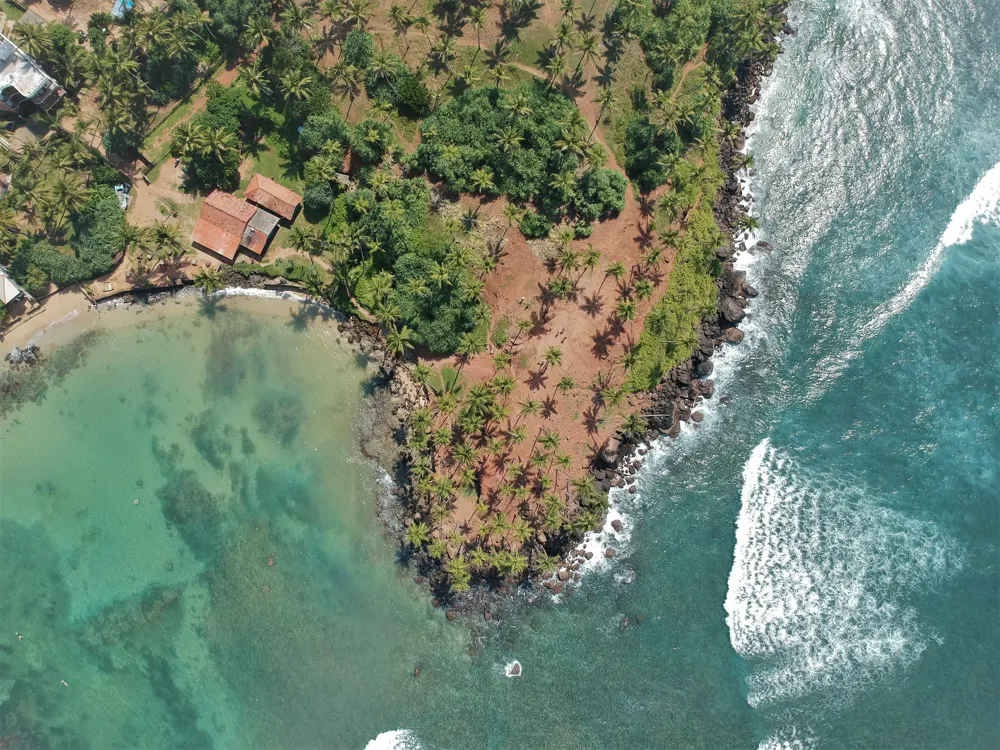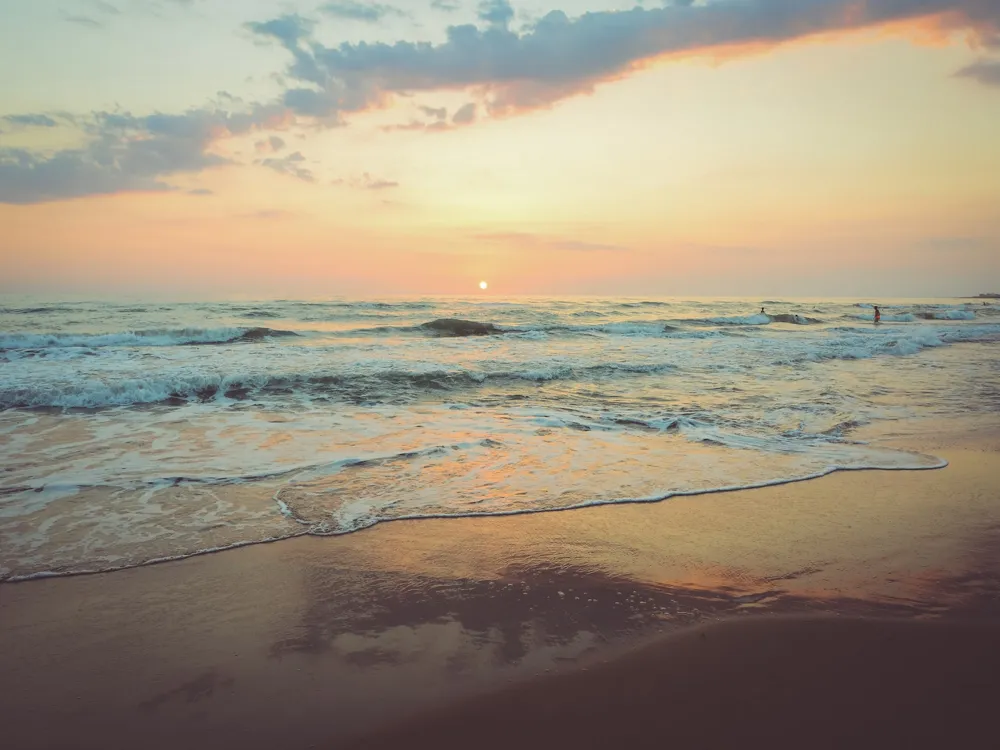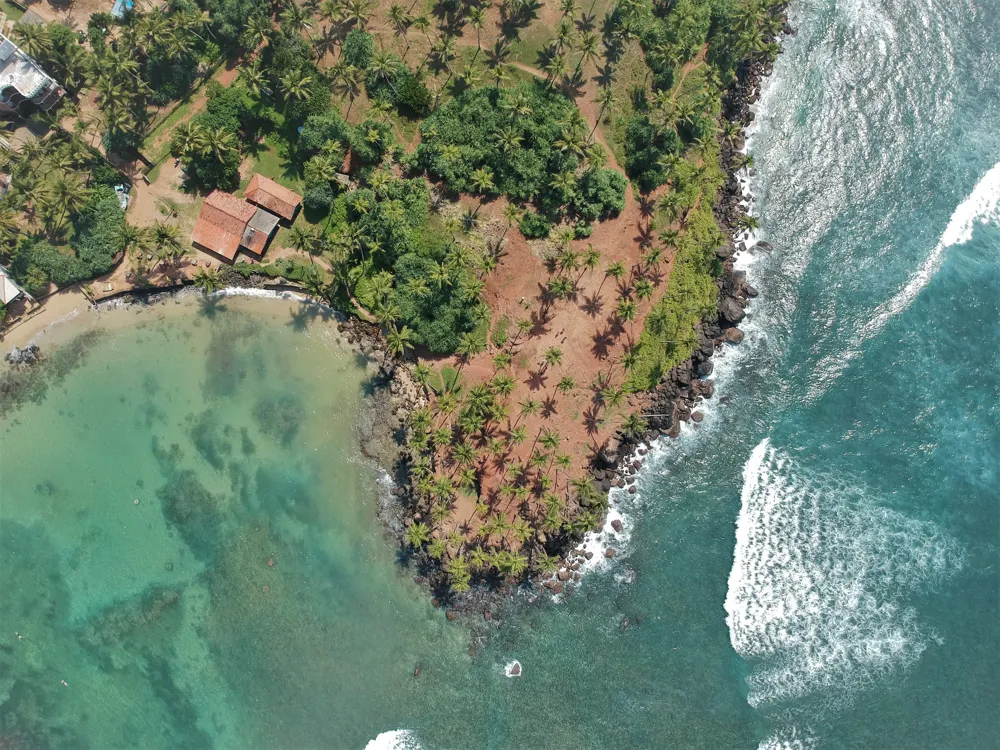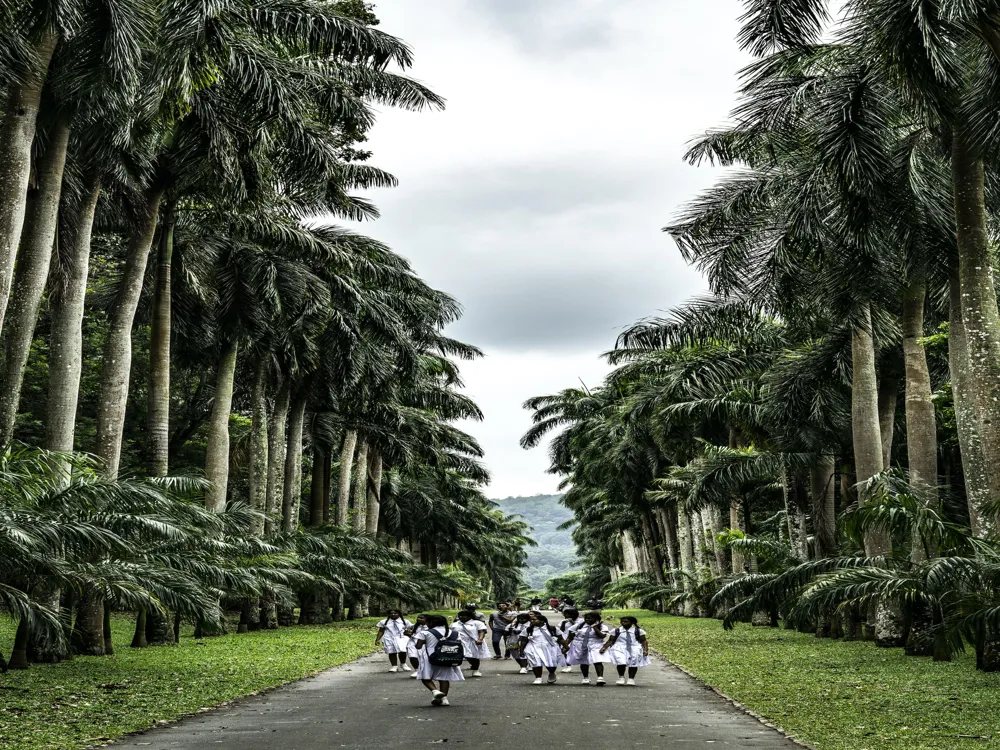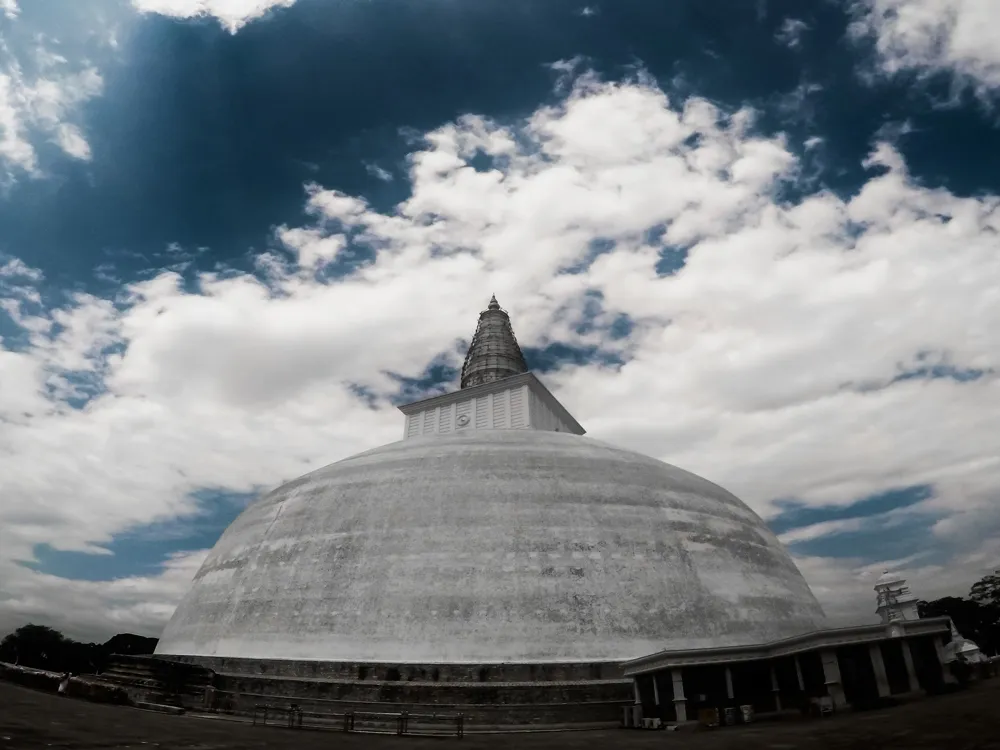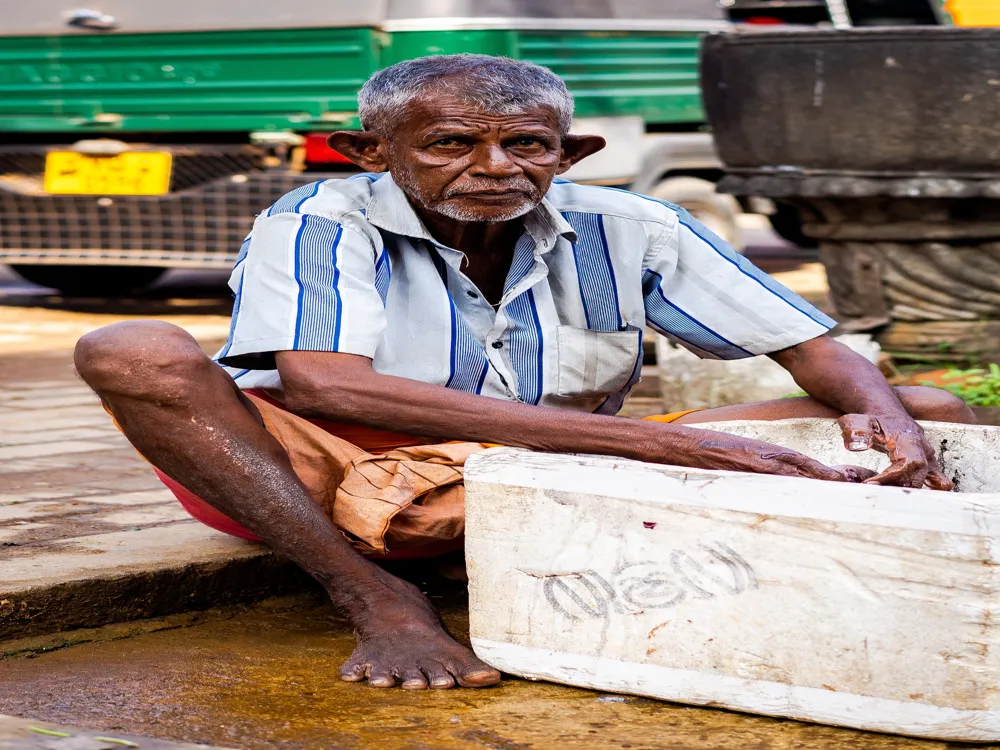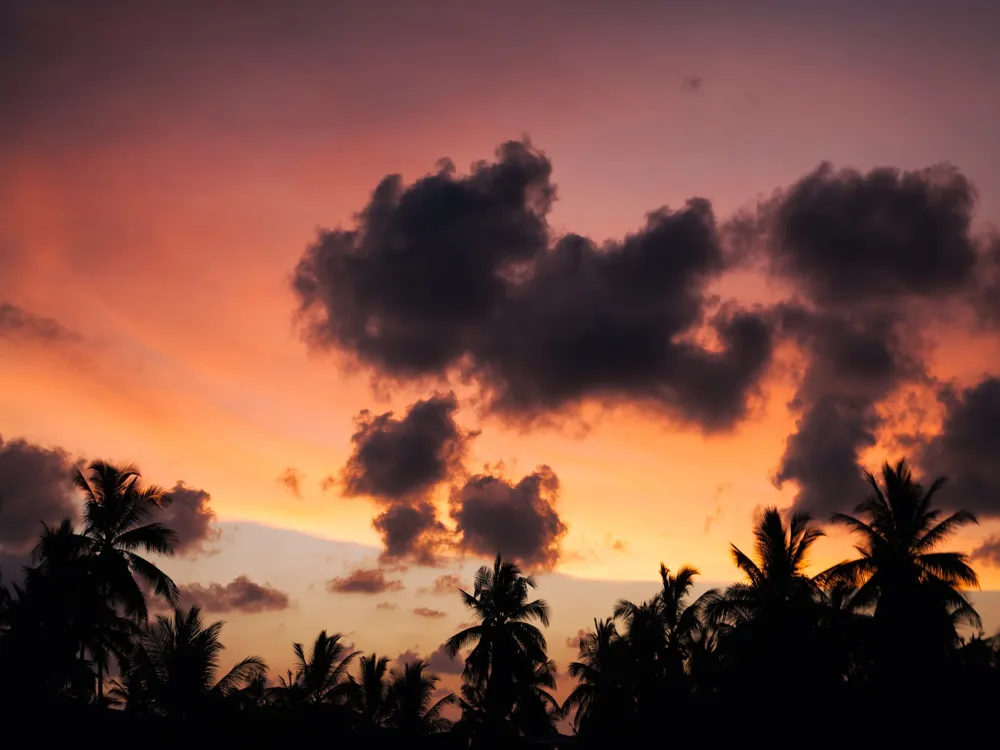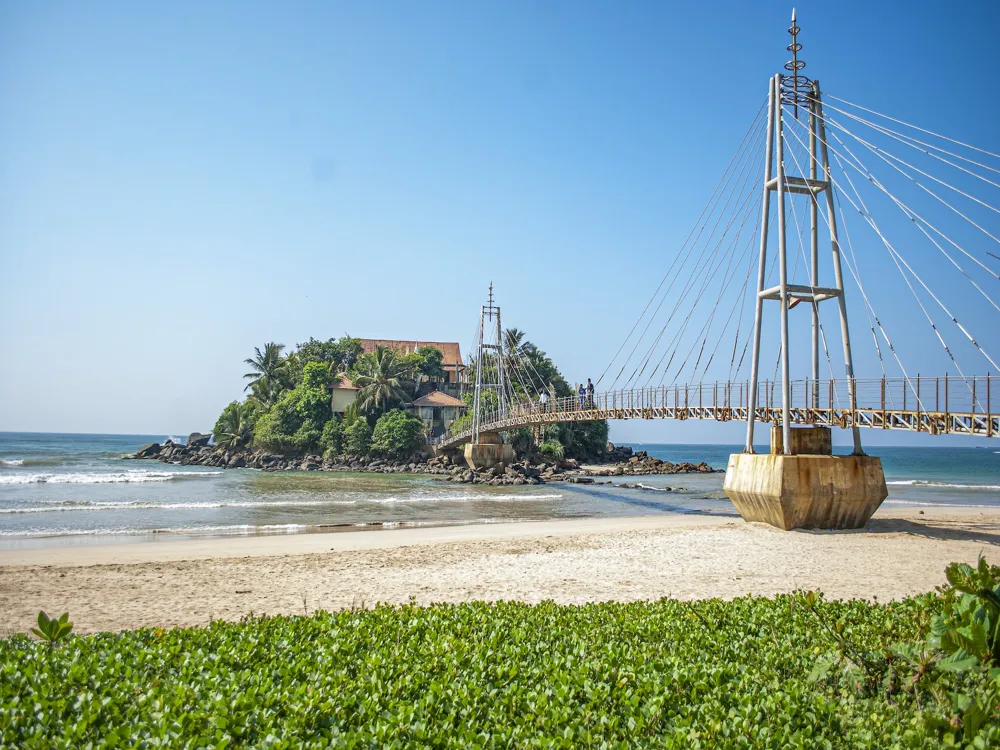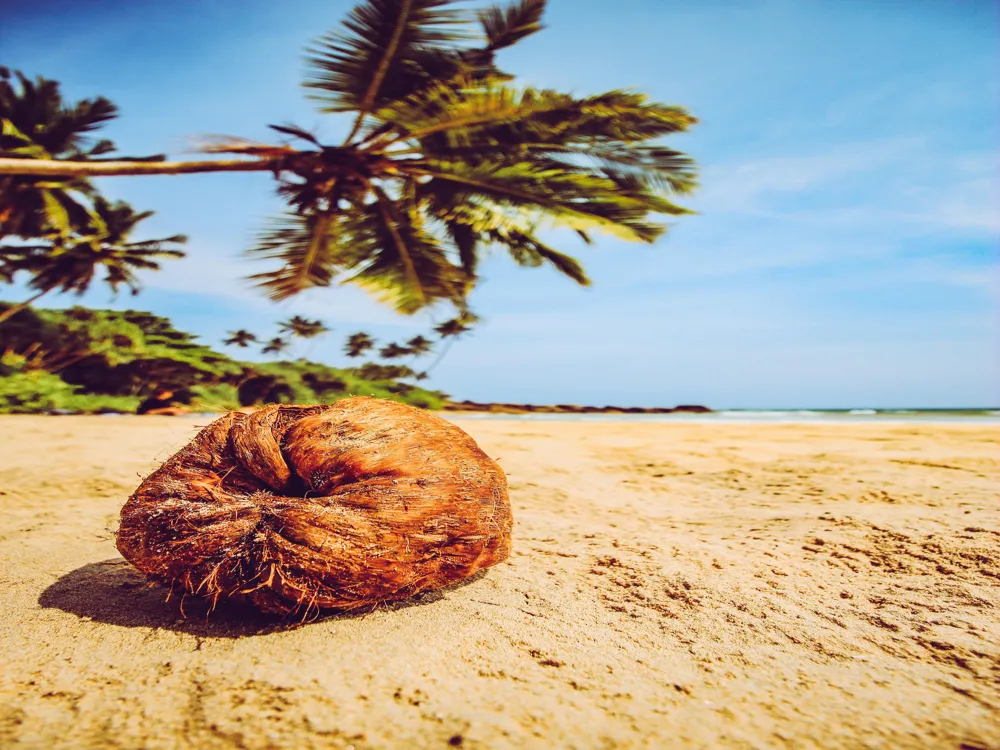Parrot Rock is a small, scenic outcrop located in the beautiful coastal town of Mirissa, Sri Lanka. Known for its panoramic views and the striking contrast of rugged rocks against the serene ocean, it's a popular spot among tourists and photographers alike. The rock formation provides a unique vantage point to witness the splendid sunrises and sunsets, making it a must-visit destination for nature lovers. The natural architecture of Parrot Rock is a testament to the unique geological formations of Sri Lanka’s coastline. The rock itself is an imposing structure, standing tall amidst the crashing waves. It is composed of layers of sedimentary rocks, showcasing various shades of color that have blended over time. The surface of the rock is uneven and rugged, offering a stark contrast to the smooth sandy beaches of Mirissa. The ideal time to visit Parrot Rock is during the dry season, from November to April, when the weather is more stable and the sea is calmer, allowing for safer climbing and better views. Visitors should be cautious while climbing as the rocks can be slippery. It's advisable to wear sturdy shoes and be mindful of the tides to avoid getting stranded during high tide. For photography enthusiasts, early morning or late afternoon offers the best light. Wide-angle lenses are recommended to capture the expansive views of the ocean and the horizon. Parrot Rock is easily accessible from the main town of Mirissa. Visitors can take a short walk along the Mirissa Beach to reach the base of the rock. For those coming from outside Mirissa, tuk-tuks and local buses are available from nearby towns. The closest major city is Galle, which is well-connected to Mirissa via road. Read More:Overview of Parrot Rock in Mirissa
Architecture of Parrot Rock
Tips When Visiting Parrot Rock
Best Time to Visit
Safety Precautions
Photography Tips
How To Reach Parrot Rock
Parrot Rock
Mirissa
₹ 18,300 onwards
View mirissa Packages
Weather :
Tags : River
Planning a Trip? Ask Your Question
Mirissa Travel Packages
View All Packages For Mirissa
Top Hotel Collections for Mirissa

Private Pool

Luxury Hotels

5-Star Hotels

Pet Friendly
Top Hotels Near Mirissa
Other Top Ranking Places In Mirissa
View All Places To Visit In mirissa
View mirissa Packages
Weather :
Tags : River
Planning a Trip? Ask Your Question
Mirissa Travel Packages
View All Packages For Mirissa
Top Hotel Collections for Mirissa

Private Pool

Luxury Hotels

5-Star Hotels

Pet Friendly







